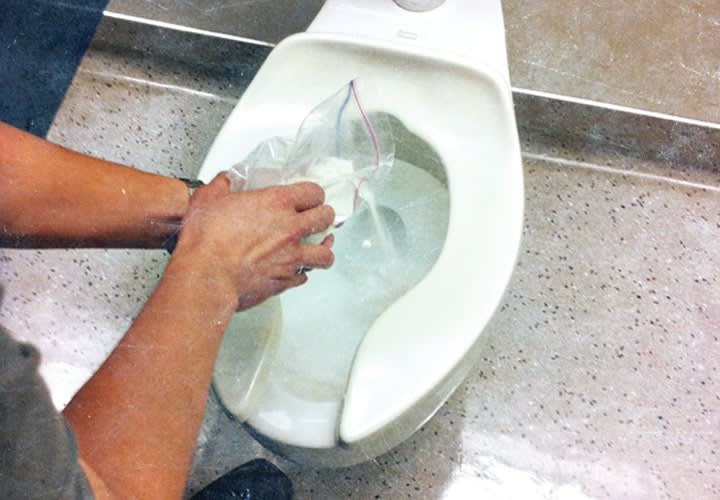In the years since the 1963 ruling in Ker, many state and federal appellate courts have created an exception to the rule that the risk of imminent destruction of evidence justifies warrantless entry. These courts have said that when police, by their own conduct, create the risk of destruction of evidence, the exception does not apply. Courts have referred to this as a "do-it-yourself exigency," or as a "manufactured" or "police-created" exigency, under which warrantless entry would not be allowable.
For example, in People v. Shuey, the California Supreme Court adopted the "police-created" doctrine and ruled that if police alert occupants to their presence and give the occupants the incentive to destroy evidence, officers may not rely on the exigency they themselves created, in order to "circumvent" the warrant requirement. Similar rulings have been adopted in other states and in several circuits of the U.S. Court of Appeals. (U.S. v. Coles, 3rd Circuit; U.S. v. Mowatt, 4th Circuit; U.S. v. Gould, 5th Circuit; U.S. v. Chambers, 6th Circuit.) This restrictive "police-created" doctrine has now been rejected by the U.S. Supreme Court.[PAGEBREAK]
Kentucky v. King
Police officers in Lexington, Ky., were watching a suspected drug dealer when he disappeared into the breezeway of an apartment building. They heard a door shut, but as they approached, the officers saw that there were two apartments, and they could not tell which one the suspect had entered.
A strong odor of burnt marijuana emanated from one of the apartments, so the officers knocked loudly on that door and announced, "This is the police." Noises inside the apartment led the officers to conclude that occupants were attempting to destroy narcotics, so they forced entry and seized drugs and other evidence in plain view. Occupant Hollis Deshaun King later moved to suppress the evidence when it was offered against him in court.













